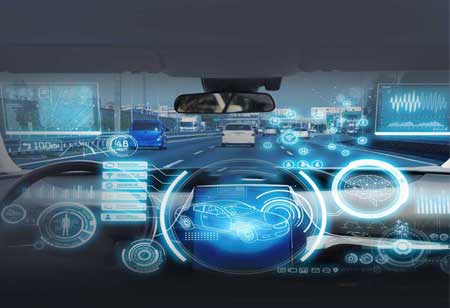Understanding the finest charging networks for home or workplace use may be challenging.
Fremont, CA: Mostly with the EV revolution well launched, charging networks for electric vehicles must keep up with demand from automakers introducing new models. They must also keep up with the rapidly evolving technology and capturing architecture present in current electric vehicles. The efficiency of electric vehicles is constantly being checked. With so many businesses competing for a quick or home charger version, each encounters network issues. Charge point manufacturers aren't always to blame.
The key hurdles are the high installation costs, communication between grid and charge station businesses, and charger compatibility. These and other difficulties are discussed below to give you a feel of what manufacturers confront while constructing and operating their charge network.
Poor charging infrastructure
Behind the scenes, there are agreements among grid operators, charging producers, and landowners. This implies that establishing a charging network is costly, with installation prices ranging from $2,500 for a slow charger to 35,800 dollars for a charging station.
Understanding the finest charging networks for home or workplace use may be challenging. Rural locations are also underserved in terms of charging infrastructure, and this area requires significant investment to provide disadvantaged areas with accessibility to EV charging. Adding halfway chargers and overnight charges may be a good start.
Vehicle-grid interoperability
The logistics, communication, and agreements necessary between the grid, utility providers, and charging manufacturers are now in short supply. The issue needs to be improved by a lack of communication to agree on large-scale deployment of an inexpensive, dependable, and secure electric car charging network for drivers.
Even with viable vehicle-to-grid infrastructure, all stakeholders must develop the requisite protocols and technologies. This is frequently due to government or utility firms withholding information not provided to charging network providers, and this often slows development time and makes the project less lucrative.
Ease of use while charging
Drivers have a genuine problem due to unreliability and the unpredictability of a charger being accessible upon arrival. They are coupled with the difficulties of utilizing various applications and cards and the general aggravation of paying for charging any EV.
Long-term ideas include allowing consumers to view the whole network through a single app. Find out which chargers are operational and available, as well as the cost of each charger, to make the most out of the user experience. Disabled drivers must have rapid and easy access to charging stations, which the UK has pledged to increase.

 Copyright © 2025 AutoTech Outlook. All Rights Reserved | Privacy Policy | Subscribe | Sitemap | About us | Feedback Policy | Editorial Policy
Copyright © 2025 AutoTech Outlook. All Rights Reserved | Privacy Policy | Subscribe | Sitemap | About us | Feedback Policy | Editorial Policy